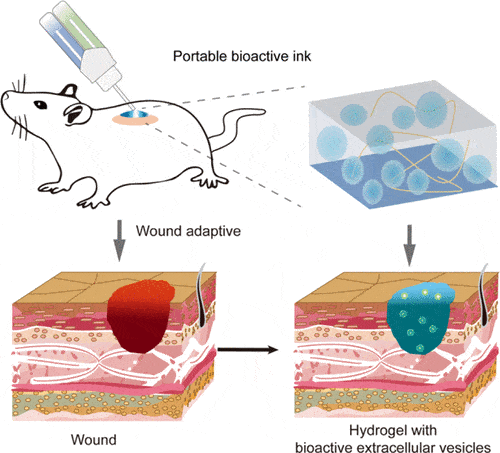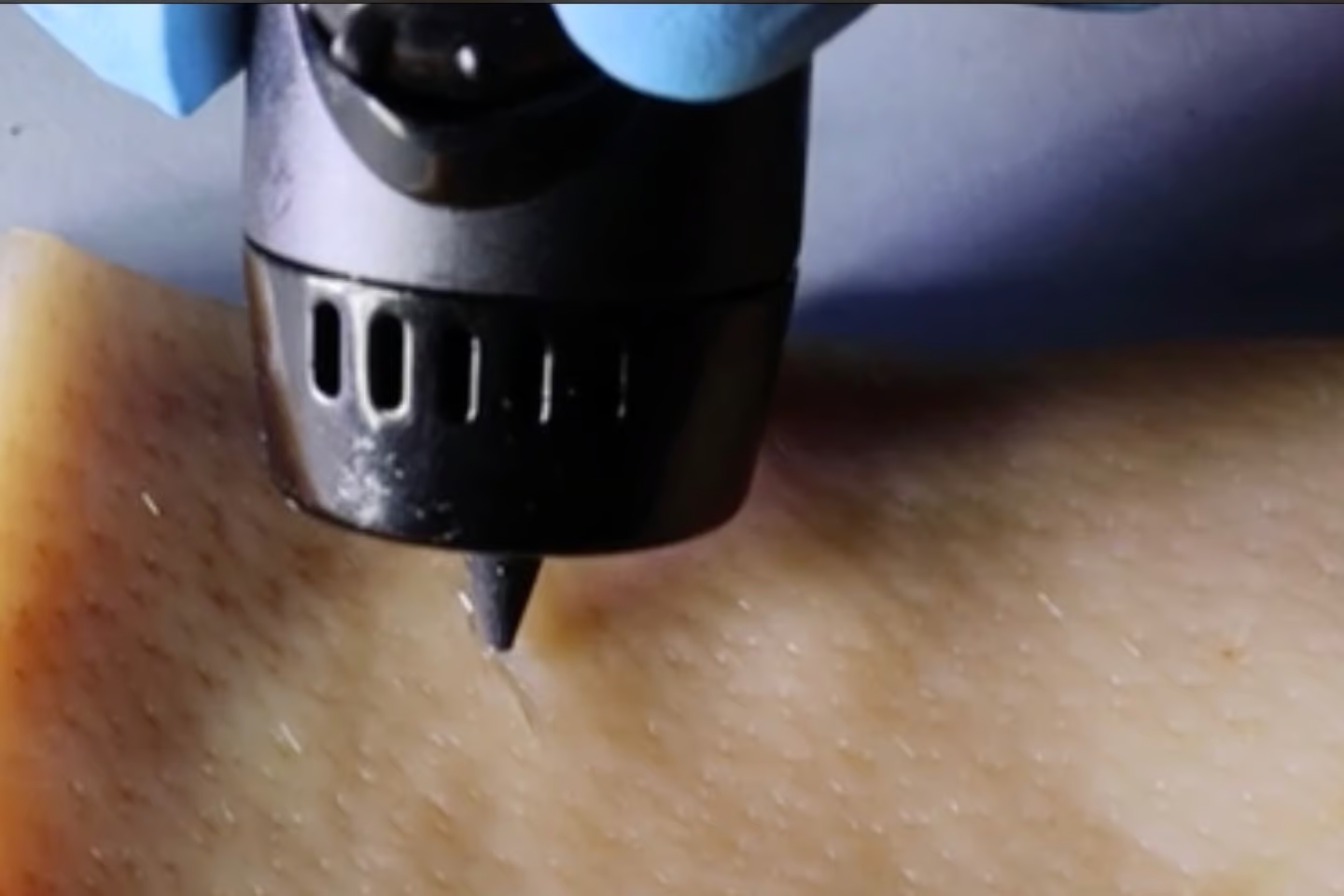If you think of a pen, you probably imagine it as a tool for drawing, writing or perhaps erasing mistakes. What if I told you that there is a pen that not only "erases" wounds, but regenerates them directly on the field? Yes, you understood correctly. I'm talking about the PAINT system, a regenerative pen. A device that could give a decisive change to the way we treat wounds.
A brushstroke of science
The name PAINT is an acronym that stands for “Portable bioActive INk for Tissue healing”, and was developed by a group of scientists at Nanjing University, China.
This tool, which looks like something out of a science fiction novel, consists of a sort of 3D pen that contains a sodium alginate gel and particles called extracellular vesicles (EVs).
How the Regenerative Healing Pen works
These vesicles, naturally produced by white blood cells, play a crucial role in the reduction of inflammation and in the formation of new blood vessels at injury sites. The gel and EVs mix at the tip of the regenerative pen forming a viscous ink that can be “drawn” on wounds of any shape or size.
In tests conducted on human skin cells, the application of this ink triggered a phase of the healing process in which new blood vessels form and inflammatory substances are reduced. But it didn't end there.

The regenerative power of PAINT
After trials on epithelial cells, the tests focused on mice. There, the PAINT system was also effective in promoting the production of collagen fibers. In one group of treated animals, large wounds were almost completely healed after 12 days, while wounds in an untreated control group were much further behind in the process of healing in the same amount of time.
The results of this groundbreaking research have been published in the journal ACS Applied Materials & Interfaces, and I'll link them here.
When will the human trials be conducted?


